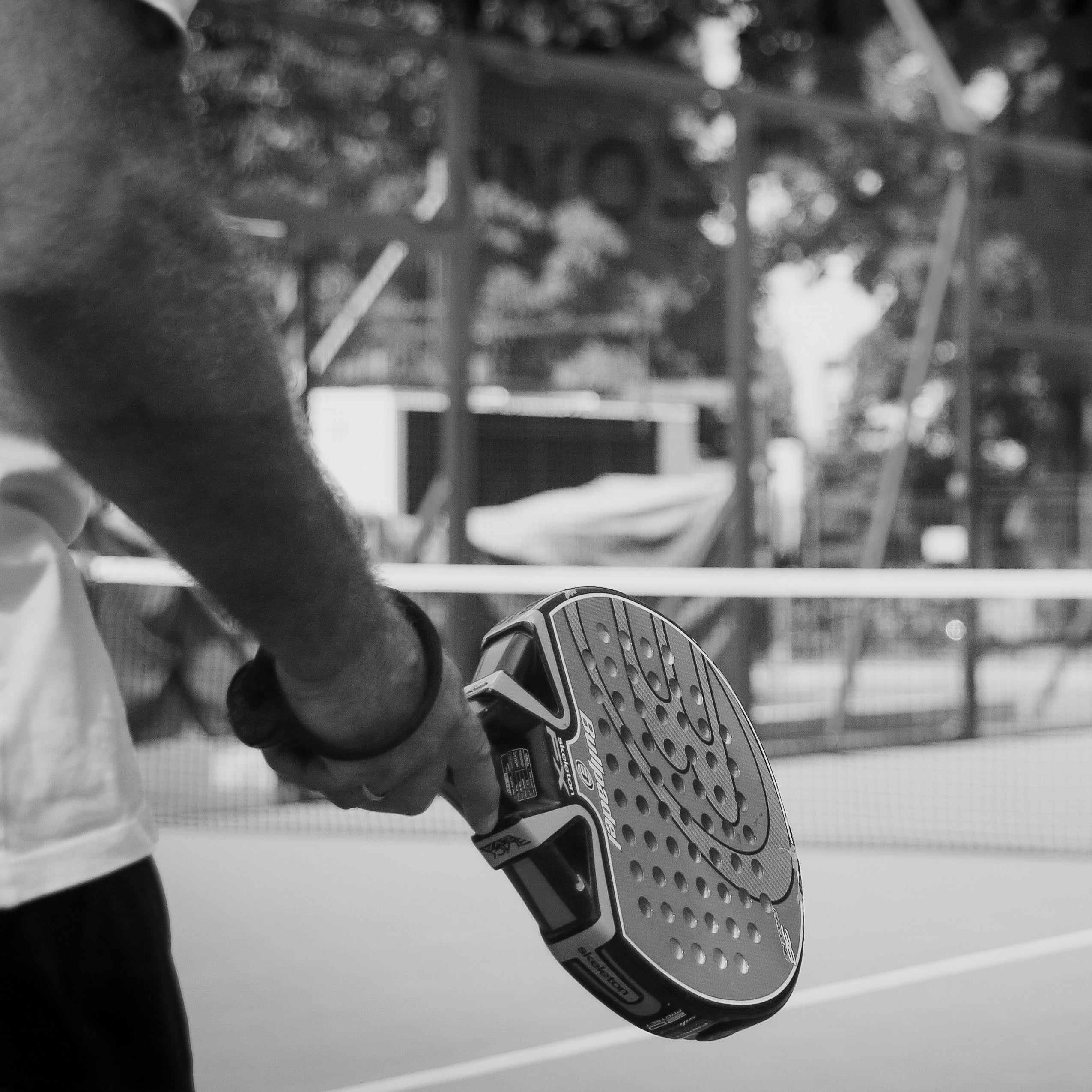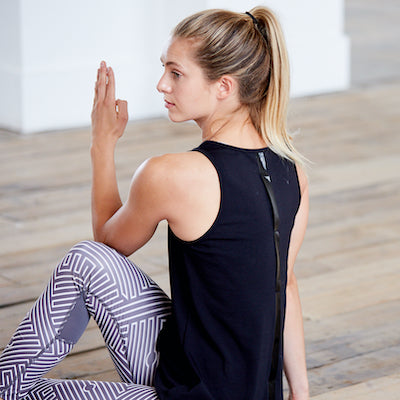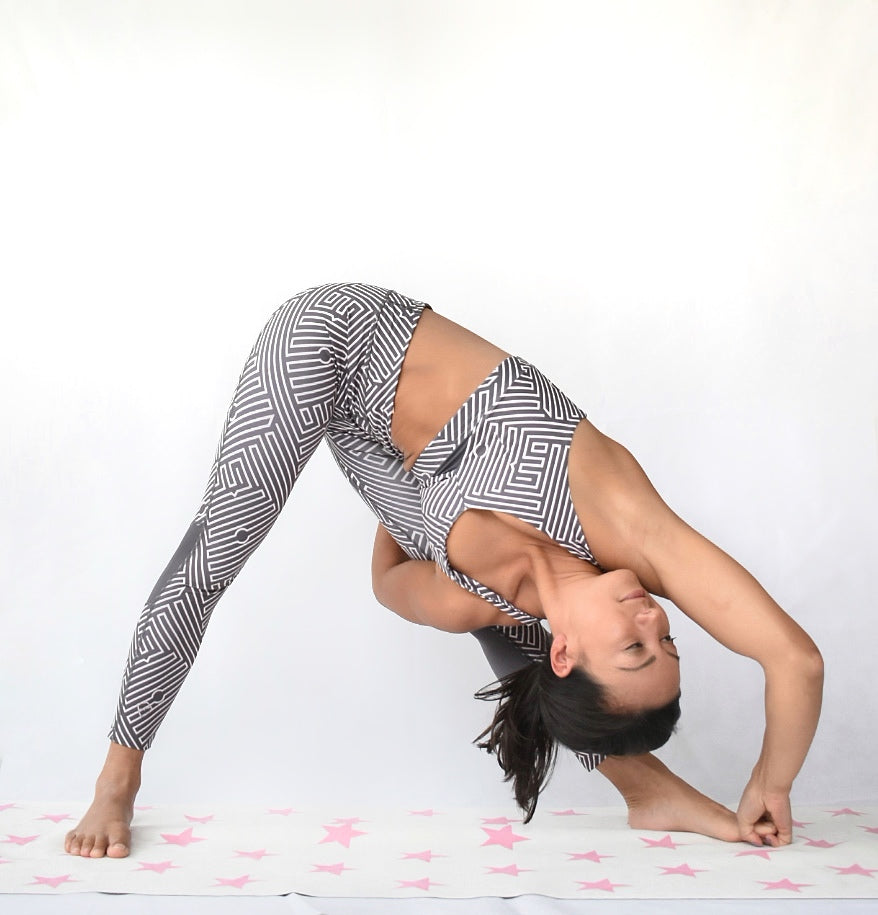Lower back pain is typically a weakness issue regardless of whether you are active or sedentary. Whether it stemmed from a collision, a fall off a horse, a drunken night out, a car accident or exercising when you’re fatigued, whatever the reason, your glutes (bum muscles) are usually the main culprit. When one or both sets of your glutes get lazy, their signal to the brain slows down so in order for your body to function, your brain has to ‘recruit’ other muscles to pick up the slack. Your lower back (lumbar) muscles tend to be one of those groups of muscles that will be recruited to pick up the slack of your weaker glutes, but the problem is two-fold.
Every set of muscles on the back of the body has a ‘pair’ round the front of the body. These muscles work in synergy to keep your body in balance. Your hip flexors attach from the top front of your thigh bone to the bones of your spine in your lower back. This means when your glutes become weaker, their ‘pair’ partners in crime the hip flexors, by default, will have to overwork and consequently pull your lumbar spine into a position that increases the curve in your lower back. When that happens, your lower back becomes more vulnerable and has to work harder to stabilise your spine i.e. the bigger the curve, the more vulnerable you are. So then you are left with weak muscles (glutes) that get weaker and overly tight muscles (hip flexors) that continue to tighten and so the cycle continues.
In addition to this if your core gets weaker (which surprisingly can happen to very fit people) this makes your lower back even more vulnerable, lacking further support to stabilise your lumbar spine. Lastly, your quads (four muscles at the front of your thigh) usually overwork if you have weak glutes because one of those muscles is also a hip flexor. Hence, lower back pain usually stems from an imbalance in your hip complex (muscles in your lower back, stomach and around your hip/pelvis).
That said, lower back pain can come from disc issues but these mainly derive from hip imbalances as described above so the resolution (soft tissue release and rehabilitation exercises) will be the same. Some people with disc issues or who have had surgery may need more soft tissue release due to the build-up of chronic scar tissue. Perhaps the most annoying thing about back pain is you have to rehabiltate the lower back itself because of the increased spinal curve which needs correcting in order to decrease the curve to re-stabilise your spine.
Taking all this into account, there are a few factors that help resolve back pain. Other than stretching, there are many exercises you can perform to help strengthen the glutes, core and lower back but you need to release the hip flexors and quads first. ART is the quickest and most efficient soft tissue release for doing this but stretching those muscles (15 seconds each) may suffice temporarily – 3-5 times through the day.
Here are 5 top tips for lower back pain.
1. Glute strength: The Clam
The clam exercise is a simple Pilates exercise that helps to strengthen your glutes.
Lie on your left side, bend your knees around 90 degrees so that your feet line up with your hips and shoulders. Place your right hand on the floor to support you. Roll forwards as far as you can go then tilt your bum out, like a duck (duck bum). While relaxing your feet but keeping them together, lift your right knee to the ceiling without rolling your hips backwards with the duck bum. Hold that position for as long as you can, up to a minute. Rest for 15-20 seconds then repeat two more times and then perform 1 x 15 slow repetitions (lift your knee up and down slowly).
If you feel pain or discomfort in your lower back, ease off the duck bum, you may be tilting your pelvis too much. Each time you lift your knee make sure you’re in the right position and hold until you feel a strong fatigue, about 7-8/10 (If 10 is really fatigued) then STOP. Every day you will hold for longer until you are able to hold for the full target of 3 x 1 minute and 15 repetitions. If you feel tension anywhere other than the glutes of the knee that you are lifting, stretch that muscle or get it treated with soft tissue release. The only muscles that should fire in the clam position are the glutes!
2. Core strength: The Plank
Your core is made up of various muscles around your tummy and your spine. You have the well-known ‘six-pack’ stomach muscles on the front of your stomach called the rectus abdominis; muscles on both sides of your stomach called the obliques (a superficial layer: external obliques and a deep layer: internal obliques); a very deep layer of abdominal muscles called the transversus abdominis (TVA). I call this ‘the corset’ because of the way it almost wraps around your whole torso. The TVA works together with some of your deep back muscles (erector spinae, rotatores, multifidi). All of these muscles help to stabilise your lower back and they work in conjunction with each other.
One of the most well-known exercises to help strengthen your core is called the plank. I prefer the press up version. Get into a press up position (or bend your elbows) so that your body is straight from your shoulders to your feet. Hold that position for as long as you can, up to a minute or until you fatigue. Have 10-20 seconds rest then repeat. Work up to 2 sets of 1 minute. Performing static exercises like the plank, press up plank, side plank and Swiss ball planks will strengthen all your core muscles – not just your ‘six pack’ muscles.
3. Lower back strength: Seated Good Mornings
Most gym goers will know what a good morning exercise is although some people follow different rules. Sit on the edge of a chair and lay a pole (or broomstick) horizontally across your upper back. In order to ‘lock off’ the lower back you need both your arms and knees fairly wide with your feet slightly turned outwards. Hold the pole at both ends, push your chest out and with a straight back slowly lower your torso towards the ground keeping your head in line with your body. Go as far as you can until your spine starts to flatten out i.e. you start hunching. Slowly lift your torso back to the start position.
An ideal target is 2 x 15 repetitions once a day for 1-2 weeks before you can taper it down to 1-2 a week as maintenance.
4. Stretching
When most people think of back pain they usually think of stretching their lower back only. Of course this will give you some temporary relief. However, due to the vast overcompensation in the muscles on the front of your body it’s just as important, if not more so, to stretch your quads and hip flexors. Each stretch should always be held for 15 seconds or you can perform a breathing stretch. This is where you get into a stretch, let’s say a quad stretch, lift your heel to your bum and pull your ankle until you feel the point of tension NOT pain. Breathe in through your nose so that your belly expands as well as your chest, hold for 3-5 seconds and then exhale through your mouth with pursed lips, like you’re blowing a candle out. Deep belly breathing taps into the ‘calming’ side of your brain which allows for total relaxation so you can achieve a much better stretch. It is a good idea to stretch your whole body if you have back pain because of all the overcompensation patterns (muscles that overwork), especially if you sit down a lot. Relief from tightness is mentally relieving which can help you stay positive as well as more flexible.
5. Sleep
It is of utmost importance for your body to recover overnight to help your healing process. So, if you’re not sleeping through the night, you won’t recover to your full potential which can increase your risk of further injury. There are many reasons why people wake up in the middle of the night – whether you wake up to turn over or because you need to visit to toilet. Contrary to believe it is not because you drink water at night - we were meant to sleep all the way through the night!
In order to help sleep through the night you could try the following; use an eye-mask, use blackout blinds/curtains, turn off every electrical socket in your bedroom, leave your mobile phone and computer in another room on silent or better still turned off, give yourself a curfew to stop using your ipad/laptop 2 hours before bedtime, go to bed at the same time every night and wake up at the same time each morning.
In order to help you fall asleep you could try taking magnesium (400mg-500mg) either in the form of tablets (magnesium glycinate, taurate or malate) or as Epsom salts in a bath at night which absorbs very quickly into your skin and helps you to feel sleepy. Another quick form of absorbable magnesium is a spray (magnesium chloride) - use a few sprays on the back of your legs (the skin behind your knees is thin so it absorbs well) before bedtime. For those who are physically active you can also use the spray in the daytime before a competition, training or an important physical activity which can help boost muscle function, energy and relieve aches and twinges. Magnesium is great for recovery because it is a natural anti-inflammatory.
* * * * * * * * * * *
Above all, without doubt the quickest way to heal (along with applying all of the above) is to stay positive. Positivity instigates a positive physiological response and vice versa. As hard as it can be when you’ve been working a long day or you’ve only just started to heal and you’re still in pain, positive thinking will accelerate you to get to your goal of being pain free asap.
By Heather Pearson
Sports Therapist
1body4life.co.uk
Achieving your goals is all about confidence, make sure you feel your best so you can perform at your highest level. Discover our activewear collection designed to inspire you to PlayBrave every day.










